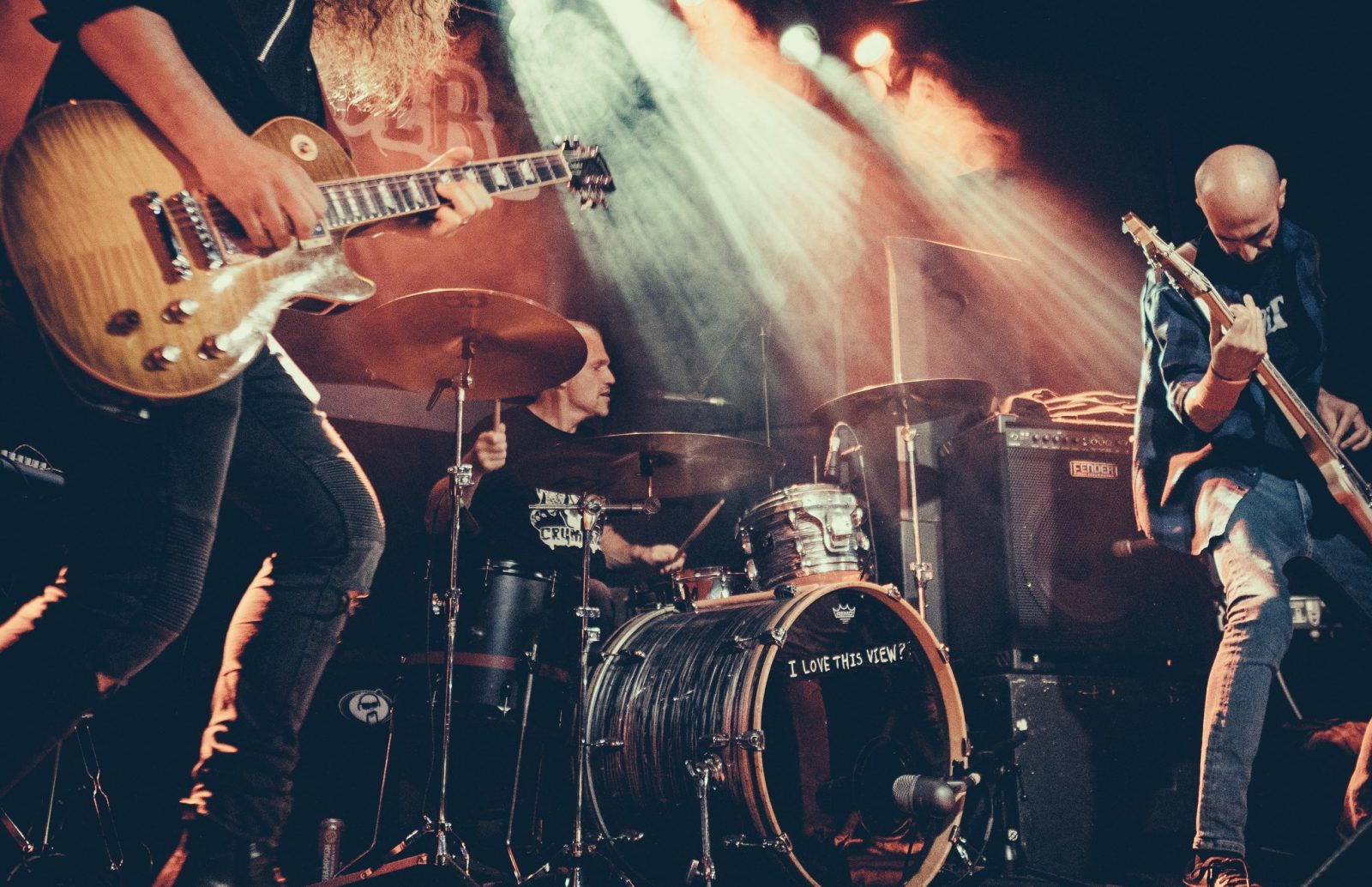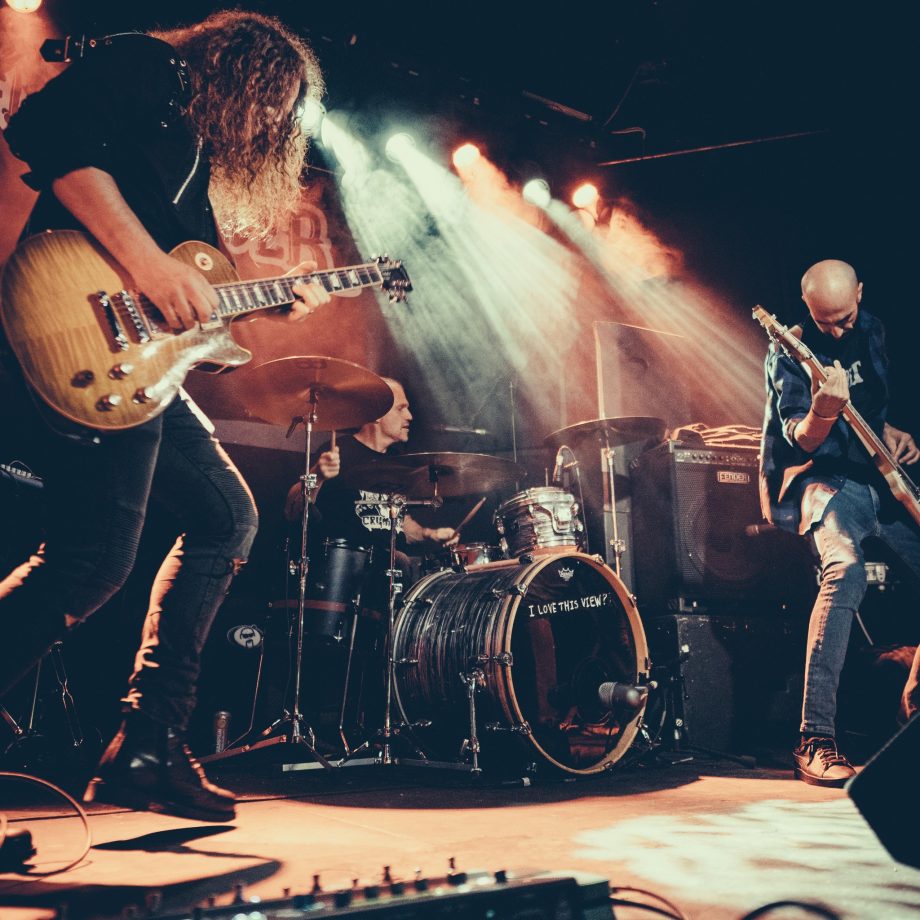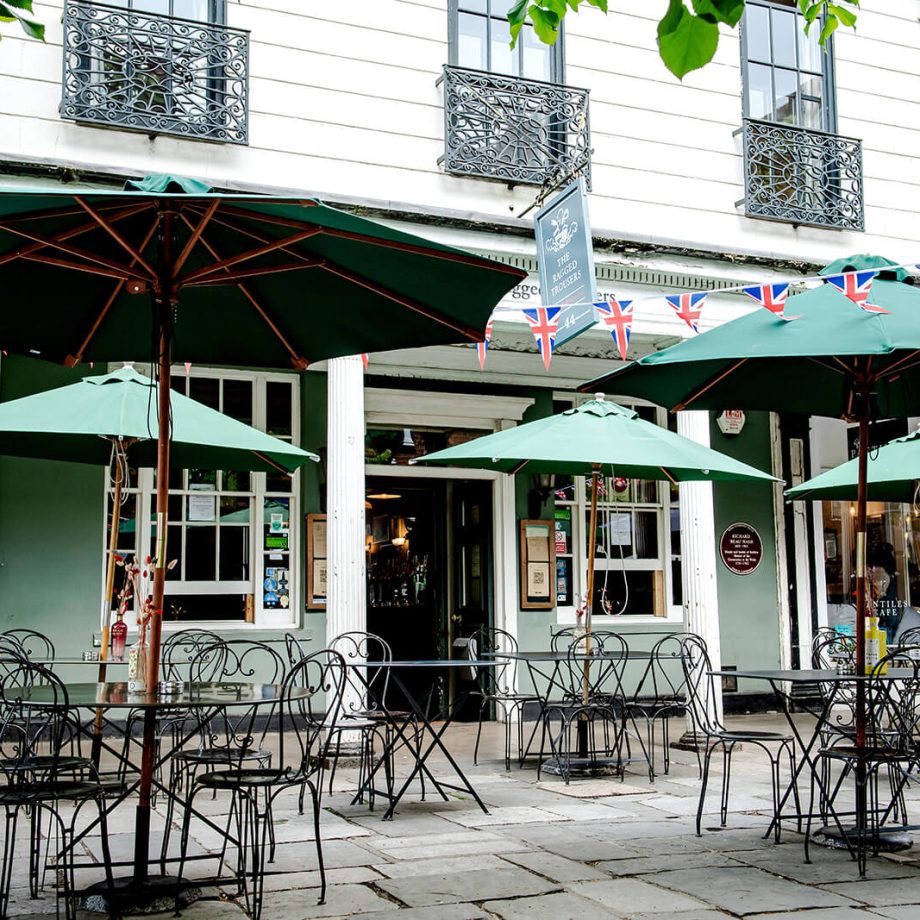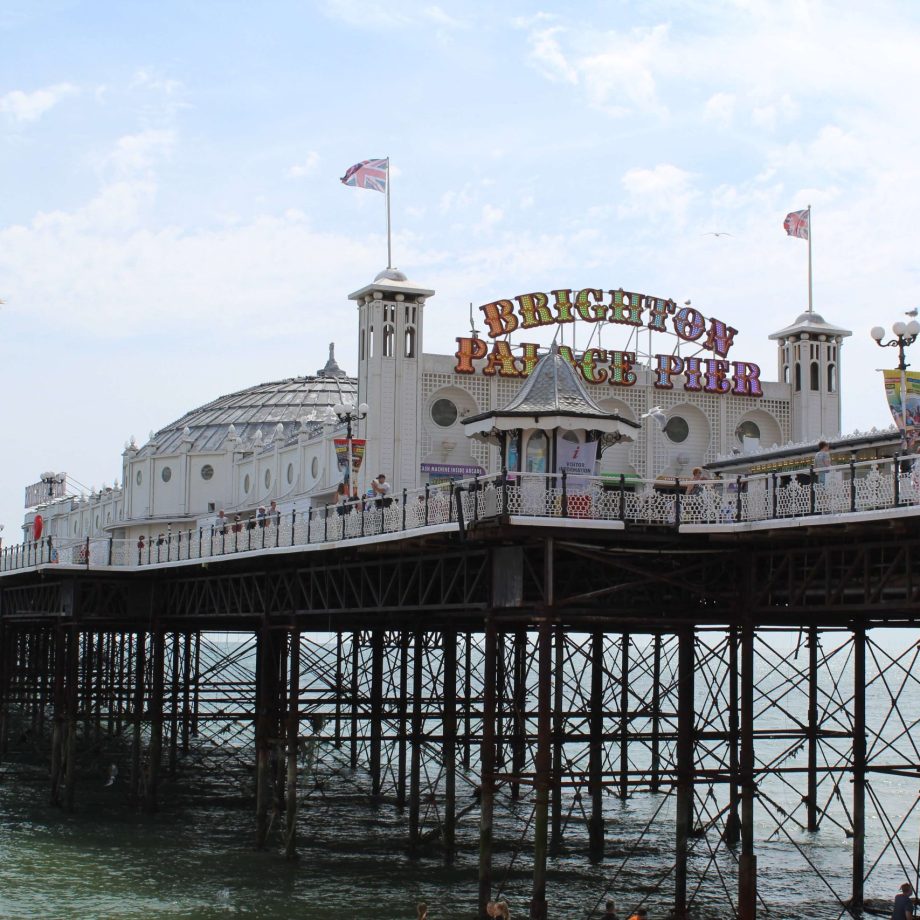Alternative/indie music has always been about self-expression and staying true to your own creative vision — even if it means rebelling against the mainstream.
Often (though not always), like the people who enjoy listening to it, Alternative and Indie music don’t always neatly fit into boxes. They are genres for people who enjoy raw authenticity over polished perfection. Alternative and indie are always pushing the boundaries of mainstream sounds — experimentation isn’t weird or wrong, it’s encouraged.
But… This still doesn’t tell you what to listen out for, does it?
How is Alt/Indie defined, exactly, and how’d it all start, anyway?
In this guide, we’ll talk you through the origins and evolution of Alternative/Indie music, arguably some of the world’s most dynamic and ever-evolving genres, and some of its most popular acts.
Looking for alternative/indie gigs? We have the pleasure of hosting some of the best acts on the scene in our intimate live music venue in Tunbridge Wells, Kent.
The Roots of Alternative/Indie
“Just what is it that you want to do?”
The term “indie” originally described music produced by small, independent and DIY record labels. In other words, these artists didn’t sign contracts with big record companies, and they almost certainly didn’t record their songs in big, expensive studios. In most cases, the big record labels wouldn’t sign these artists because their music just wasn’t deemed commercially attractive. Yet, sometimes, the artists themselves were unwilling to sign with major labels.
“Alternative music,” on the other hand, is said to have been coined by American music executive and journalist Terry Tolkin, who used the term to describe the groups he wrote about. Another term used in the U.S. at the time was “College Rock”.
In 1980, the popular trade paper Record Business published the first independent chart to provide more exposure to independent labels (and their artists). The charts were soon licensed to Sounds magazine and were eventually published by NME and Sounds under the name “Alternative Charts.”
It didn’t take long for alternative music to become more recognised as a distinct genre, though it still encompassed a variety of styles from punk to shoegaze and college rock. In some ways, “Alternative” has become a catch-all for any bands or artists that don’t fit the mould of commercial pop or rock.
What Defines Alternative/Indie?
“Well, we wanna be free.”
At its core, alternative and indie music are defined by their rejection of the conventions of mainstream music. Or, to put it another way, the genre is like a sonic playground for artists who are not afraid to experiment.
And we’re not just talking about unique and wonderful soundscapes. These songs will often tackle unconventional lyrical themes, focusing on raw and authentic expression. Alt and indie artists blend (sometimes quite loudly) all the above and more with unconventional song structures and a DIY approach towards production and distribution.
Over the decades, alternative and indie have absorbed numerous subgenres. The result? A huge, eclectic, and ever-growing variety of sounds that range from melancholy tones, ethereal vocals, and flanged guitars to more upbeat riffs.
The Rise of Alternative (1980s)
“We wanna be free to do what we wanna do.”
The UK was a hotbed for the alt scene in the 1980s. Right at the beginning of the decade, on the 19th of January 1980, Adam and the Ants topped the first-ever indie album chart published by Record Business. Over the years, post-punk bands like Joy Division, The Cure, and Siouxsie and the Banshees experimented with darker, atmospheric tones, while bands such as The Smiths helped define the indie rock sound by combining jangle pop with introspective lyrics.
The 1990s: Alternative Goes Mainstream
“And we wanna get loaded.”
By the 1990s, “alternative” wasn’t just an underground thing anymore — it had exploded into the mainstream. Grunge bands like Nirvana dominated radio stations and music charts. The movement took both the music and fashion scenes by storm, with flannel shirts and ripped jeans becoming the uniform for disaffected youth around the globe who identified with the raw sounds emerging from the Seattle grunge scene.
Key Alternative/Indie Sub-Genres
“And we wanna have a good time.”
Grunge
Grunge was a hugely popular subgenre of alternative rock. It’s still loved today, though its popularity peaked in the mid-90s. Grunge was born in Seattle with bands like Nirvana, Pearl Jam, and Soundgarden, who combined the energy of punk with heavy, distorted guitars and introspective lyrics.
Britpop
Meanwhile (during the 90s), over here in the UK, the music scene responded with Britpop, a movement that drew deeply from British culture and the ’60s rock influences of The Beatles and The Kinks. Though perhaps more polished and optimistic than grunge, Britpop was no less subversive. Bands like Blur, Oasis, and Pulp dominated radios, charts, and even the tabloids. Britpop exuded a sense of celebration, confidence, and a (sometimes ironic) national pride that offered a fresh alternative to grunge.
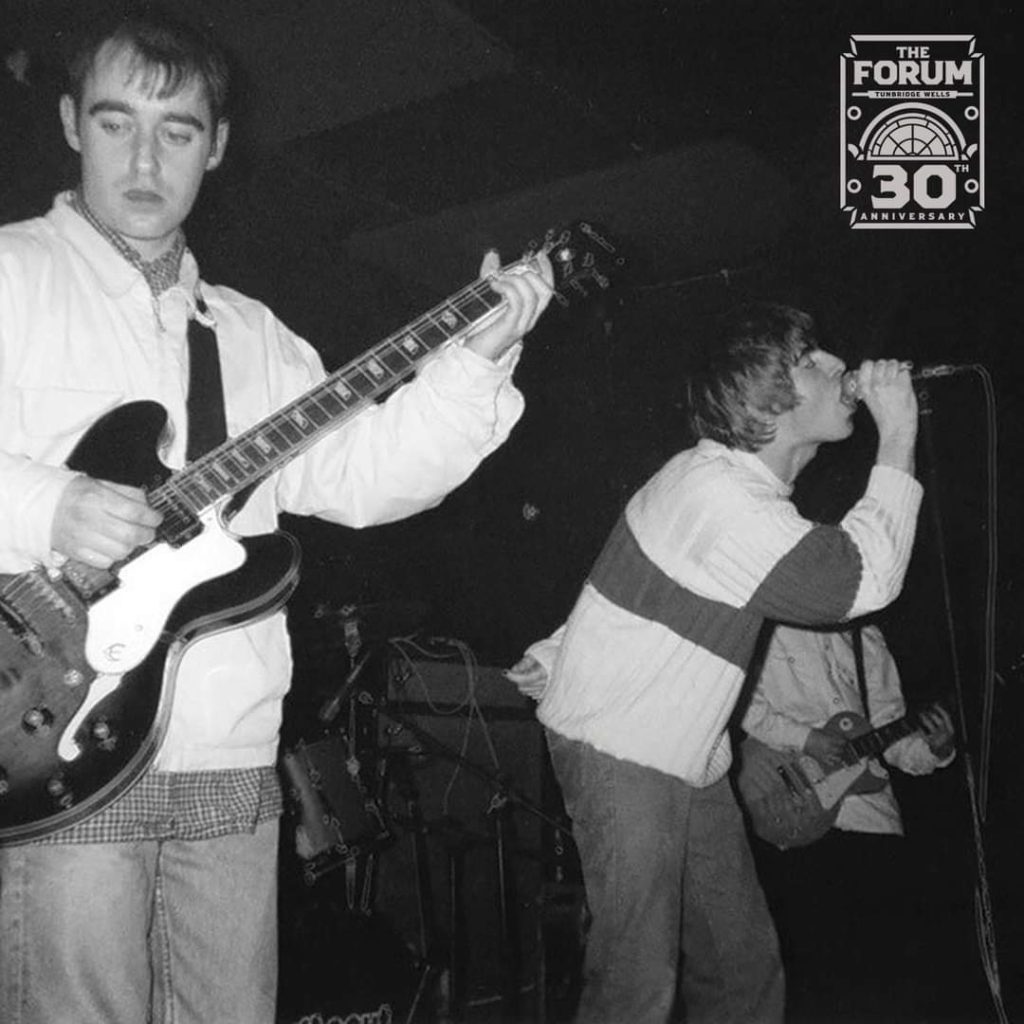
Britpop legends, Oasis, playing at the Tunbridge Wells Forum in 1994.
Post-Punk Revival
Drawing inspiration from the jagged rhythms and bleak aesthetics of the late 1970s post-punk bands (like Joy Division), the post-punk revival genre of the early 2000s combined brooding atmospheres with sharp, melodic guitar work. American rock band Interpol are widely recognised as one of the founding bands of the post-punk revival genre.
Post-Grunge
Bands like Foo Fighters and Creed carried the grunge flag into the 2000s, albeit with a more radio-friendly sound. This subgenre softened some of grunge’s rough edges, producing some polished, sing-along rock anthems.
Shoegaze
Characterised by its lush and immersive soundscapes, shoegaze is a genre that came about in the late 1980s and early 1990s. Bands like My Bloody Valentine and Slowdive are known for their wall-of-sound guitars, dripping with reverb and distortion. These artists heavily rely on effects pedals to create their ethereal sound, often spending much of their stage time gazing down at their feet — where the pedals are located — hence the name “shoegaze.”
Indie Folk (Alternative Folk)
Indie folk is the magic that happens when traditional indie and alt-rock artists and musicians take inspiration from folk music. These bands blend traditional acoustic sounds with more modern indie styles. Mumford & Sons are widely seen as one of the most influential bands of the genre.
Emo
As much a cultural movement as anything else, emo is unmistakable with its blend of punk rock and deeply personal, emotional lyrics combined with heavy eyeliner, jet-black hair, skinny jeans, and band tees.
FAQ: Your Questions About Alternative/Indie Music
Is alt the same as indie?
Alternative and indie may be siblings, but they’re not identical twins. Indie came about because of bands who didn’t want to sell out to big labels (or weren’t allowed to because their music was deemed too unconventional to be popular). Alternative, on the other hand, is a bigger catch-all term for any genre of music where the sounds or lyrics don’t fit the commercial mould. So, while all indie music is alternative, not all alternative music is indie.
Is alternative/indie emo?
Not at all. Emo is a subgenre of alternative, blending punk rock with emotional lyrics (and lots of eyeliner). As with indie, emo fits under the alternative banner, but the reverse isn’t always true. You can think of emo as alternative’s melodramatic younger brother — louder, more emotional, and always wearing black.
What does indie alternative music sound like?
It’s difficult to describe since it encompasses so many styles. If we had to, though, we’d say it’s diverse, authentic, raw, and sometimes even weird or quirky. In short, different. You’ll hear everything from jangly guitars and bedroom-produced beats to introspective lyrics and strange sound effects.
Who are the most popular Alternative/Indie bands?
Popular and Influential Alternative/Indie Bands include:
- The Smiths
- Radiohead
- Oasis
- Arctic Monkeys
- Primal Scream
- Blur
- Snow Patrol
- The Cure
Wanna learn more? You’ll enjoy our post about the 10 best alternative/indie bands of all time.
Experience the Best of Alternative/Indie Music at The Forum Basement
Whether you’re a fan of alternative and indie music or you’re exploring new genres, there’s nothing quite like experiencing music at a gig. Here at the Forum Basement, we host live shows from both established bands and up-and-coming artists and create an atmosphere where fans can connect with the music they love in an intimate, underground setting.
Come and experience the raw energy, creativity, and spirit of independent music at our independent music venue, The Forum Basement in Tunbridge Wells.
